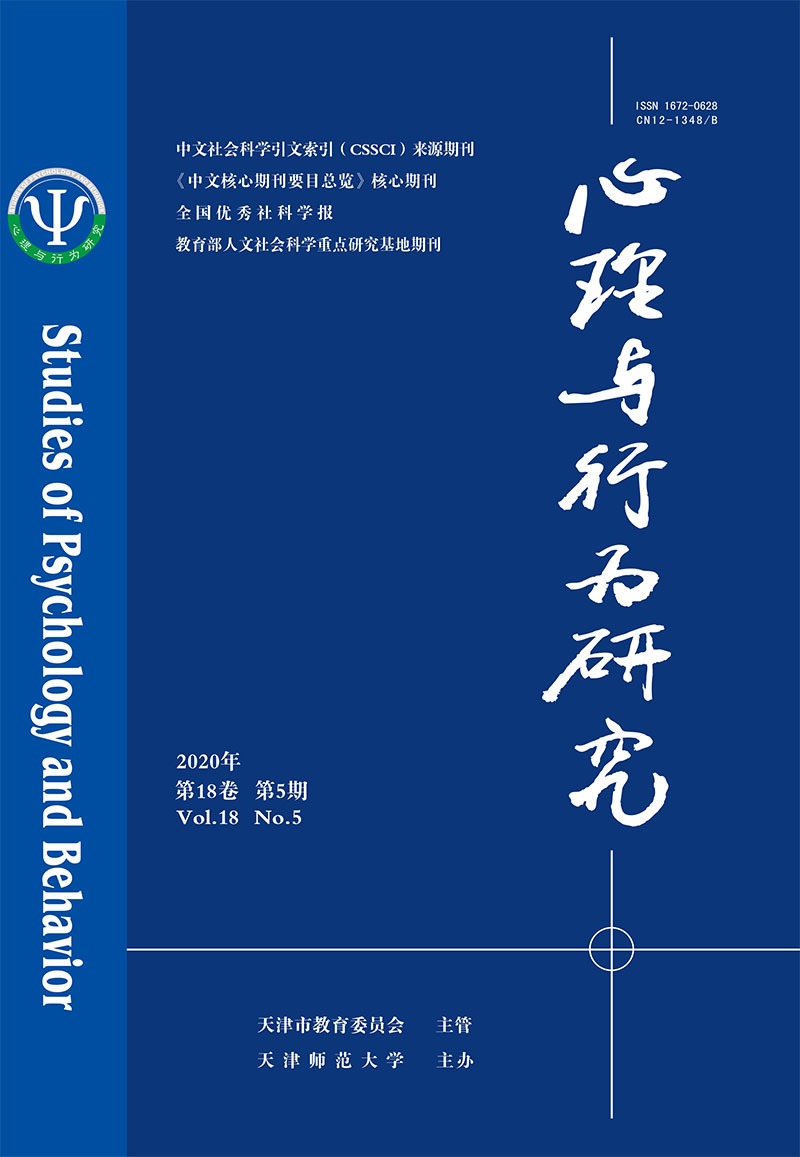|
|
The Influence of Touch and Attachment on Jealousy in Romantic Relationships
BAO Wenhui, ZHOU Guangdong
2020, 18(5):
700-706.
The present study selected young people in romantic relationships to explore the relationship between touch type, attachment, and the experience of jealous emotions. Fifty undergraduates were involved in Experiment 1. Touch type was divided into three types (i.e., face touch, lower back touch and no touch) to explore the relationship between touch type and jealousy. This study selected fear, anger, embarrassment, sexual arousal, sadness, and envy as the measures of jealous emotion. There were no significant differences in the six jealousy emotions under the three touching types. In Experiment 2, one hundred and thirteen participants were selected. Touch type was divided into four types, that is, face touch, lower back touch, no touch with near-distance and no touch with long-distance. Each participant completed Experiences in Close Relationship Inventory (ECR), which contained attachment anxiety and attachment avoidance to measure adult attachment. Results showed that: 1) under the no-touch condition with long-distance, anxiety attachment was positively related to sad, fear, envy, and anger; 2) under the condition of no touch with near-distance, attachment avoidance was negatively related to sad, envy and anger; 3) under the face touch condition, anxiety attachment was positively related to fear and sexual arousal. In general, the influence of attachment on jealousy is moderated by touch type.
|

